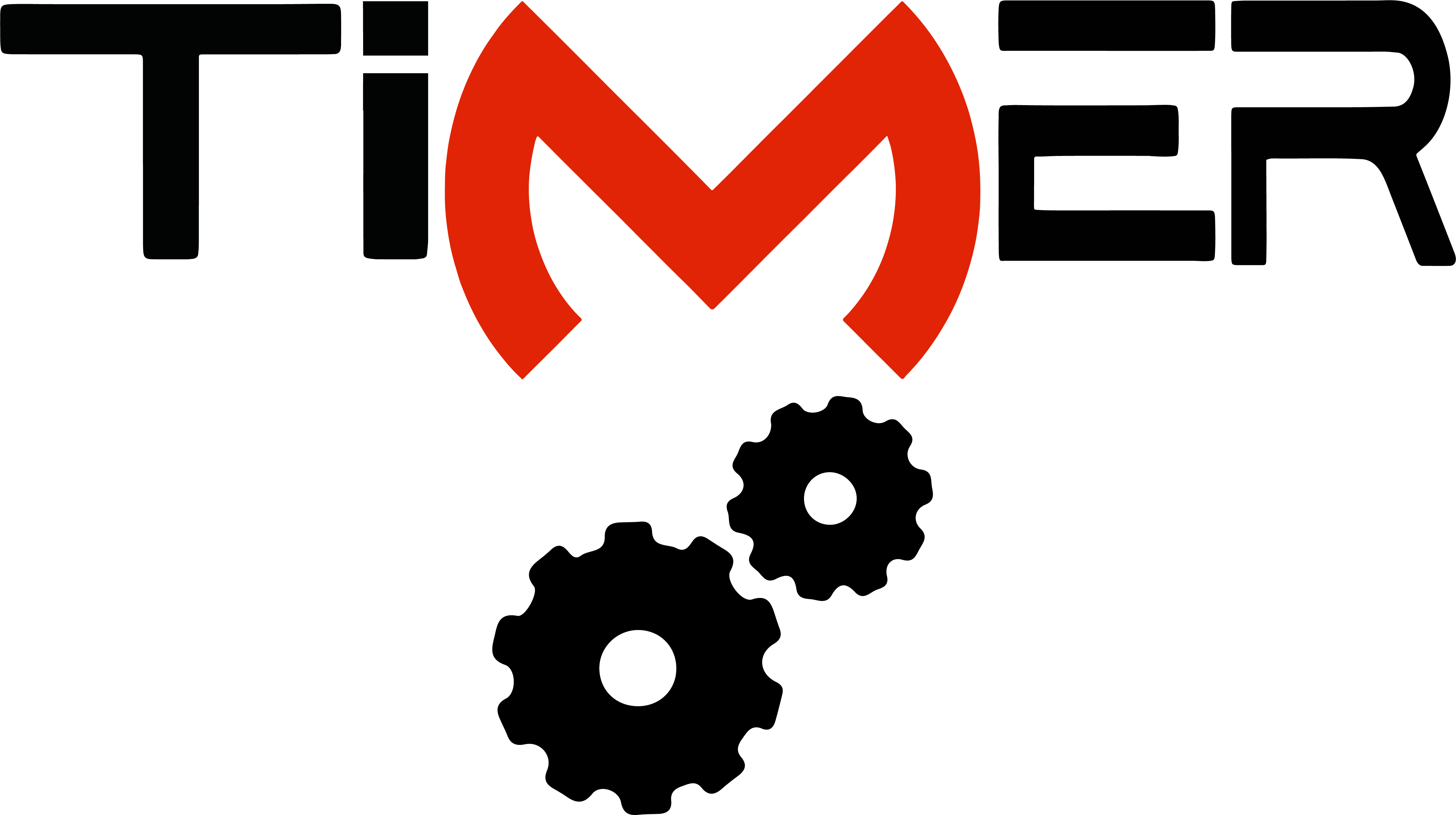EFFECT OF PLATE THICKNESS AND ROLL GAP ON THE GEOMETRIC QUALITY OF ROLLING PRODUCTS
Abstract
The folding gate is a middle frame flanked by cross bars on the back of the shop door which has a higher level of strength than the body of the door and has better security. The U folding profile is made by a plastic deformation rolling process in which the plate is passed between the pressing roll and the sliding roll. Flat plates are used from the base material of metal plates with varying plate thickness where the metal forming process uses a cold working process. Factors that affect the results of rolling are roll dimensions, machine capacity, roll pressure lever settings and others. The thickness of the plate that can be rolled by the machine, the amount of force exerted on the roll gap, the evenness of the roll surface both vertically and horizontally and the alignment of the roll gap. The thicker the material with a large pressure spacing can affect the forming process so that it enlarges the largest angular deviation of 0.761 mm at a pressure spacing of 0.0 mm. A thicker material with a large pitch can enlarge the wing opening so that both wings bend imperfectly making the height deviation increase by 18.58 mm at a pitch of 0.0 mm. Thinner material with a large press distance at the start of the roll affects the flange width so that the rolling force exerted on the contact gap between the roll and the workpiece side is unbalanced. Get the largest size b- (8.030 mm) 0.0 mm pressure distance and b+ (7.843) 0.15 mm pressure distance.
Full Text:
PDFReferences
Lindgren, M. (2007). Cold roll forming of a U-channel made of high strength steel, Journal of Materials Processing Technology, 186.1: 77-81
Sheet Metal Forming, (2009). Retrieved October 10, 2017, fromhttp://www.custompartnet.com/wu/sheet-metal-forming.
Halmos, George T. (2006). Roll Forming Handbook, ISBN: 0-8247-9563-6,
Taylor &Francis Group (CRC press).
Zeng, G., Li, S.H., Yu, Z.Q., Lai X.M. (2009). Optimization design of roll profiles for cold roll forming based on response surface method. Materials & Design 30.6: 1930-1938.
Safdarian, R., & Naeini H.M. (2015). The effects of forming parameters on the cold roll forming of channel section. Thin-Walled Structures, 92: 130-136.
R. Safdarian, H. Moslemi Naeini, The Effects Of Forming Parameters On The Cold Roll Forming Of Channel Section, Thin-Walled Structures, Volume 92, 2015, Pages 130-136.
M. Lindgren, Cold Roll Forming Of A U-Channel Made Of High Strength Steel, Journal Of Materials Processing Technology, Volume 186, Issues 1–3, 7 May 2007, Pages 77-81[1]
Mücahit Soyaslan, The Effects of Roll Forming Pass Design On Edge Stresses, Sigma Journal of Engineering and Natural Sciences, 36 (3), 2018, 677-691.
Sukmoo Hong, Seungyoon Lee, Naksoo Kim, A Parametric Study On Forming Length In Roll Forming, Journal Of Materials Processing Technology Volume 113, Issues 1–3, 15 June 2001, Pages 774-778
Kevin Sweeney, Ulrich Grunewald, The Application Of Roll Forming For Automotive Structural Parts, Journal Of Materials Processing Technology, Volume 132, Issues 1–3, 10 January 2003, Pages 9-15
Young Yun Woo, Tae Woo Hwang, Sang Wook Han, Young Hoon Moon, Effect Of Roll Gap Setup On Shape Defects During A Flexible Roll Forming Process, Materials Transactions, Volume 61 Issue 2 Pages 261-265, 2020
SNI 07-005-006, Baja profil kanal U proses canai panas ( BJ P kanal U ), ICS 77.140.10 Badan Standardisasi Nasional (BSN)
DOI: http://dx.doi.org/10.62870/timer.v1i1.20496
Refbacks
- There are currently no refbacks.
Copyright (c) 2023 Trends in Mechanical Engineering Research (TiMER)
This work is licensed under Creative Commons Attribution 4.0 International









